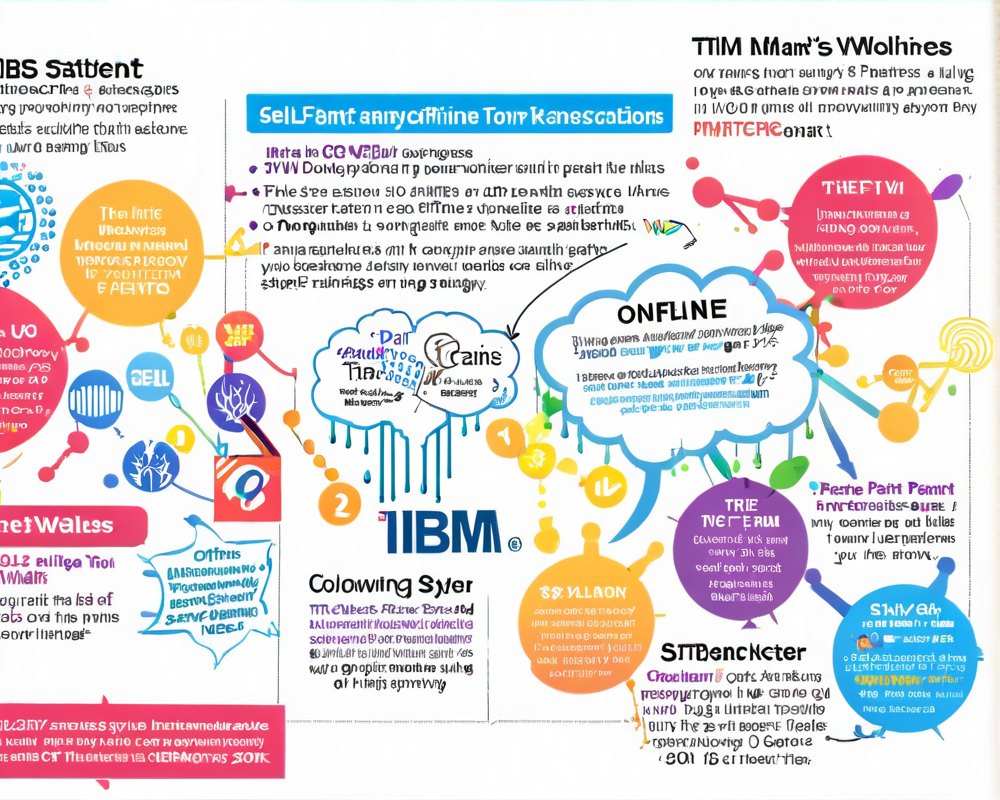Bitcoin and Proof-of-Work: The Energy-Devouring Classroom
Ah, the good old days of Bitcoin, where miners would engage in an epic electricity consumption contest. The proof-of-work (PoW) consensus algorithm was Bitcoin’s first love, showcasing how a decentralized blockchain could be maintained—albeit at the cost of enough energy to power a small country. As transactions piled up like laundry after a busy week, Bitcoin faced an existential crisis: it needed scalability. Enter the proof-of-stake (PoS) — the less sweaty sibling who suggested, ‘Hey, how about we lock up some coins instead of burning the planet’s resources?’
Staking: The Tale of Token Lockdowns
Staking, the trendy new approach, lets cryptocurrency holders join in on the transaction validation fun by locking their tokens away like a kid hiding a toy from their siblings. In return for their sacrifice, they received rewards proportional to their stake. Sounds great, right? Well, not so fast. The catch? The dreaded unbonding period—where investors might face a waiting game of up to 28 days before they can actually touch their tokens again. It’s like waiting for your takeout order to arrive while smelling the delicious food but not being able to feast!
The Woes of Unbonding Periods
As if waiting a month wasn’t nerve-wracking enough, some centralized exchanges saw the golden opportunity to slap on extended lock-in periods that could stretch an additional 30 days. Imagine watching Bitcoin’s value tumble as you sit there, metaphorically handcuffed to your assets. It’s hard to feel like a savvy investor when your funds are on vacation without you!
Liquid Staking: Unlocking the Cryptographic Chains
Then came liquid staking—a beacon of hope in the dark, claustrophobic world of traditional staking. The game-changer allowed investors to retain liquidity while still earning rewards. Thanks to derivative IOU contracts that let traders maintain a 1:1 ratio with their underlying staked assets, investors could now keep their funds in escrow without feeling like they were in a financial prison.
The Aftermath of the Terra Collapse: A Lesson Learned
Of course, it wasn’t all rainbows and sunshine. The collapse of the Terra network, with derivatives pegged to Ether (ETH) resembling more of a joke than an investment, revealed vulnerabilities in the system. This event served as a wake-up call, highlighting the urgent need for innovation beyond liquid staking. It was clear that the crypto community needed to reinvent the wheel—or at least put some air in it.
Superfluid Rewards: The Next Big Thing
In 2022, a group of innovators, lovingly dubbed XGo, emerged from the trenches with a revolutionary idea: Superfluid Rewards. No lock-in periods, no derivative pegs—just pure, unadulterated staking freedom. Users could trade in and out of positions as they pleased, enjoying ultimate flexibility in managing their assets. The promise? Generate yields directly from your XGo wallet, giving people the keys to their financial futures without the added stress of outdated staking models.
So, as we watch this decentralized financial revolution unfold, one can’t help but wonder—what’s next? With developments like Superfluid, the future of staking looks promising. Maybe soon, we won’t just be shaking our heads at the volatility of crypto but dancing at the freedom it brings!




